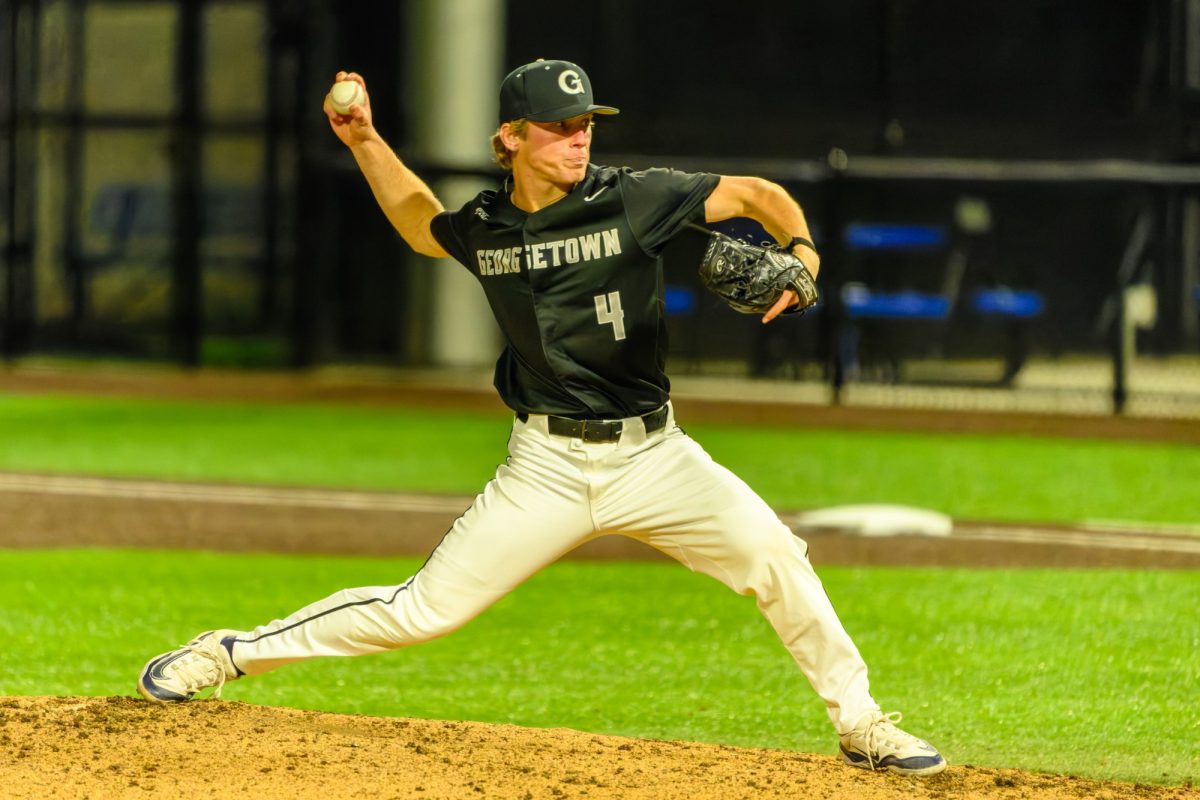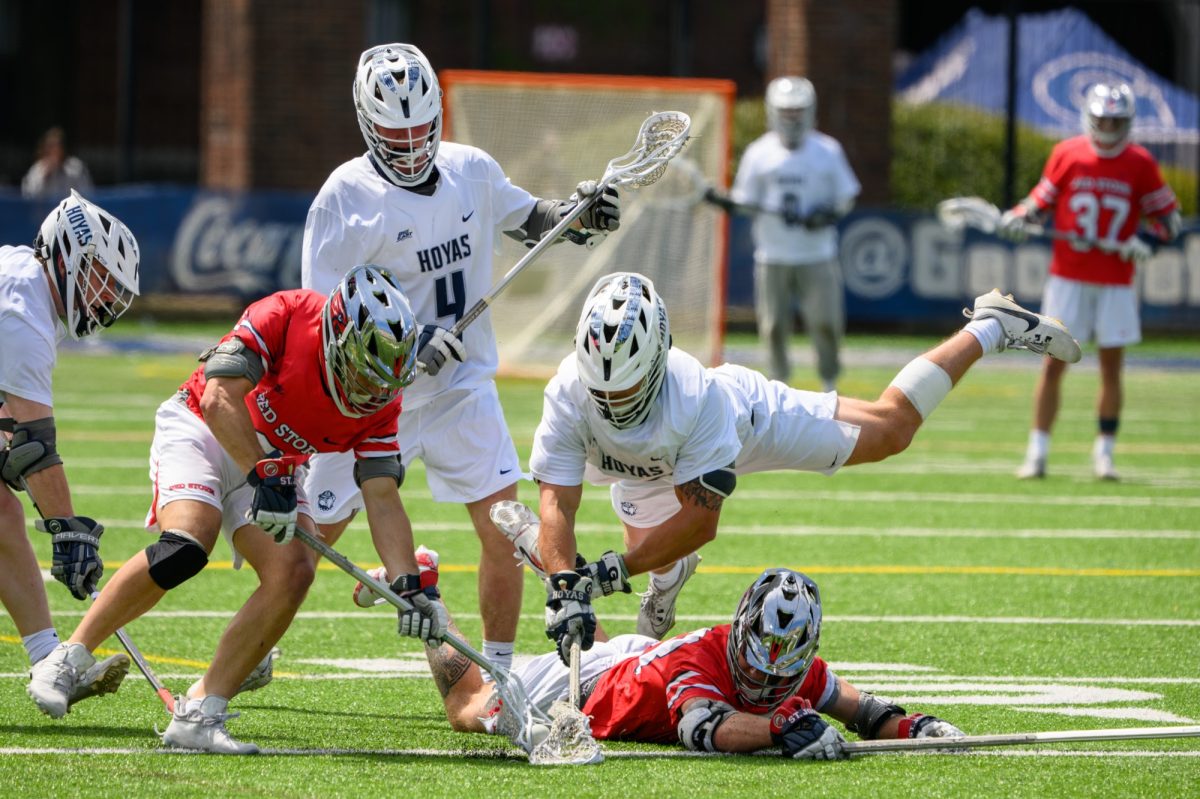Last week, the Nashville Predators signed star defenseman Roman Josi to a $72 million contract for the maximum duration, eight years, which breaks down to around $9 million per year. This contract makes him the third-highest paid defenseman in the league. Josi is an excellent player on a consistently good team, offensively competent and highly skilled. But here is the kicker: He is almost 30 years old, an age that for years has stood as the milestone at which athletes begin losing their athleticism. While defensemen are incredibly valuable, long-term extensions as players enter their 30s are still a great risk for the teams that sign them.
As a Chicago Blackhawks fan myself, I must admit this contract made my eye twitch a little because it bears resemblance with age, value and playing style to arguably the worst contract in the league: Brent Seabrook’s contract with the Blackhawks. At the same age as Josi, he signed to a nearly $7 million per year contract for eight years after the Blackhawks’ most recent Stanley Cup win in 2015.
Seabrook has been so terrible that Blackhawks Coach Jeremy Colliton would rather have him watch the game from the press box than participate in it. Seabrook has been a healthy scratch twice in the last two weeks after a decline in performance.
It would be incorrect to suggest Josi faces all of the same challenges Seabrook does. Josi is much more offensively productive, a consistent 50-point player and 15-goal scorer. Seabrook has scored 15 goals in the last three years combined. Seabrook represents the old style of defensemen who are defensively minded, often big and hard-hitting. Josi represents the new school of defensemen who depend on offensive kill and skating speed more than ever before. Predators Coach Peter Laviolette has described Nashville’s strategy as “a five-man game in all zones.” Josi has particularly impressive skating skills, which enables him to contribute throughout the offensive and defensive zones as a new-school defenseman.
The development of the position has been pioneered by Erik Karlsson, a defenseman who has been near the top of the entire league in scoring so far this season, causing teams across the league to reconsider the deployment of their defensemen. The distinction between defensive and offensive players has become less clear as the game becomes more dynamic and exciting for fans.
We have established that if a team is going to reward a defenseman with a generous contract, Josi is an excellent candidate. But the matter of his age remains. When this contract expires, he will be 38. There are only six players that age or older today in the league of around 800 players.
Gordie Howe, one of the greatest to ever play, was the oldest to play in the NHL by a mile at age 52. The oldest currently active player is Zdeno Chára at 42, and he signs one-year contracts each year because the Bruins fear his age will finally catch up with him by lack of performance or major injury. These players are exceptions to the rule, however, and history tells us that Josi will likely be in steep decline over the course of the contract, as demonstrated by the regrettable contracts of Milan Lucic, Andrew Ladd, Loui Eriksson and Justin Abdelkader. All of these players are rapidly declining in their 30s and still under contracts that were signed when those players were in their primes.
Despite all of the data against these contracts, teams still give them away like Halloween candy. First, there remains a shortage of talented players, and teams want to bet that old players may show glimmers of their prime years, warranting contracts to elite players extending into players’ late 30s. Furthermore, the NHL salary cap has continuously risen. Nine million dollars today may not seem so expensive tomorrow or in 2028, and the amount will decline as a proportion of the overall salary cap.
The cap has increased from $39 million in the 2005-06 season to $81.5 million this season. To put the raise in perspective, it is worth noting this increase is occurring at a much faster rate than inflation, and the cap may not increase forever. The assumption that the cap will rise forever, however, may lead to another lockout in which players and management cannot agree to revenue sharing proportions and the players go on strike, but that is an article for another day.
Many of Nashville’s players are growing older, too. They have no rookies currently on the roster and have had the same core players for their last several playoff berths, the most successful of which resulted in a Stanley Cup finals defeat. Even their general manager, David Poile, is reaching retirement age. A real possibility remains, acknowledged by Poile, that this group may have what it takes to go all the way in the next couple of years and that the future can be dealt with at a later date. But the fact remains that the Predators have had plenty of excellent rosters in years past eerily similar to this one that could not get it done.
Josi’s contract, although not too exciting in its own right, illuminates the dynamics of age in conjunction with the salary cap, the evolution of the league and the team’s goals. The Predators will almost certainly regret paying Josi $9 million in 2028, but this Blackhawks fan will not be losing any sleep over Nashville’s ill-fated contracts.





















